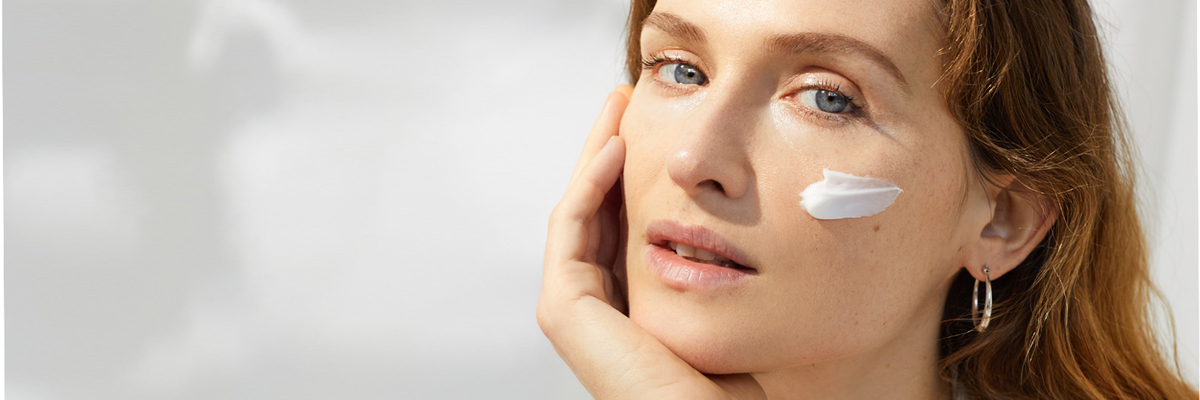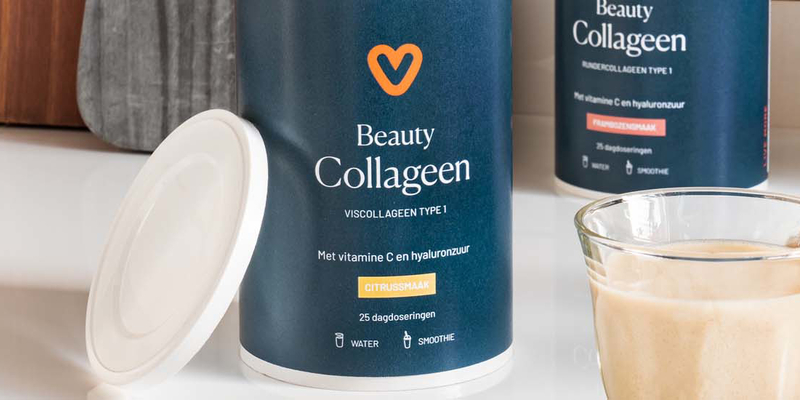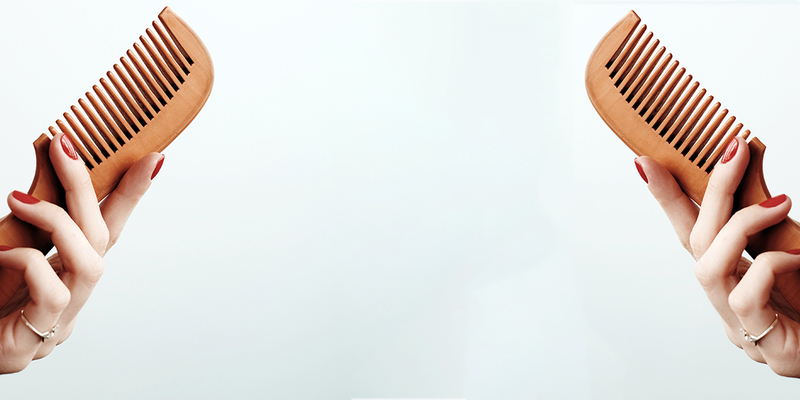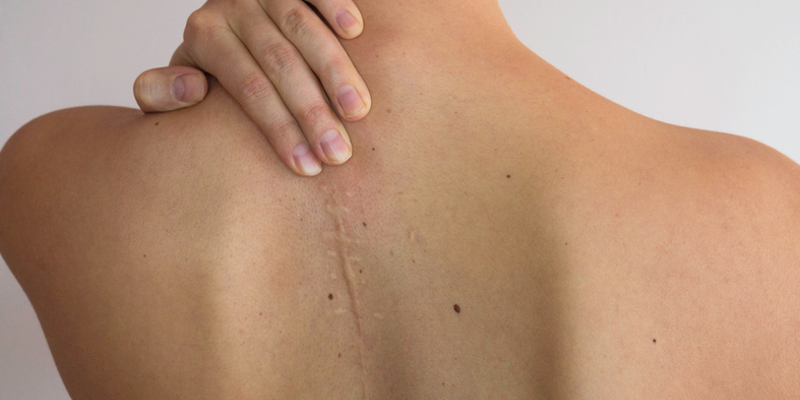
How to Determine Your Skin Type
The skin: our largest organ, deserving the best care. Our skin is influenced by our internal health, including diet, sleep, exercise, and stress. Additionally, it is vulnerable to external factors such as sun exposure, pollutants, and chemical skincare products. In this blog series, we will guide you on how to protect and care for your skin both internally and externally using a combination of dietary supplements and natural skincare products. In this first blog, we focus on the different skin types. Shall we begin?
Normal Skin
Normal skin is even, with small pores and no irregularities such as shiny areas. In other words, the moisture and oil balance is optimal, and your skin is in equilibrium. People with normal skin experience few to no pimples, and the skin remains supple. Tips for normal skin.
Dry Skin
Dry skin often has a fine texture and feels quickly rough or tight. In extreme cases, the skin may flake. It's important to know that all skin types can suffer from dehydration, making them temporarily or locally dry due to external influences like heating, air conditioning, and sunlight, which have a drying effect. However, someone with a dry skin type naturally has dry skin. Tips for dry skin.
Oily Skin
Oily skin has somewhat larger pores and a greasy sheen. This is due to excessive sebum production. Too much sebum often leads to pimples and blackheads. Additionally, someone with oily skin may experience a shiny complexion throughout the day. Tips for oily skin.
Combination Skin
Combination skin has both dry and oily areas. For instance, the T-zone is often oilier than the rest of the face. The rest of the face may feel normal to even dry. The skin's texture also differs between oily and non-oily areas. Oily areas often have larger pores with more blemishes like pimples and blackheads, while non-oily areas have smaller pores and a more even complexion. Tips for combination skin.
Can You Change Your Skin Type?
Your skin type is genetically determined and is identified based on sebum production and skin reactivity. Therefore, the question is not how to change from oily to normal skin but rather how to best care for your skin type. View our range of natural skincare products here.
Written by: Caya Kerkhof







